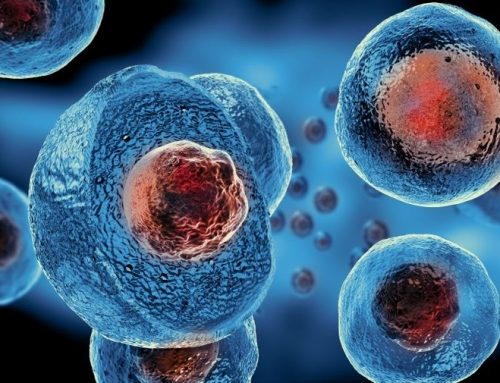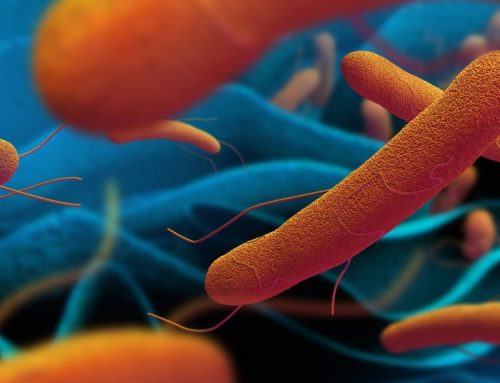The word cerebrovascular is made up of two parts – “cerebro” which refers to the large part of the brain, and “vascular” which means arteries and veins. Together, the word cerebrovascular refers to blood flow in the brain.[1] A group of conditions collectively referred to as “cerebrovascular disease” have an affect on the brain’s blood arteries and blood flow. Blood vessel stenosis, thrombosis, embolism, and blood vessel rupture are all conditions that can cause problems with blood flow (haemorrhage). Brain tissue is impacted by inadequate blood flow, or ischemia, which can result in a stroke.
Cerebrovascular conditions include:
- Aneurysms
- Arteriovenous malformations (AVM)
- Cerebral cavernous malformations (CCM)
- Arteriovenous Fistula (AVF)
- Carotid-Cavernous Fistula
- Carotid Stenosis
- TIA and Stroke
Causes of strokes:
Restrictions in blood flow may occur from vessel narrowing (stenosis), clot formation (thrombosis), blockage (embolism) or blood vessel rupture (haemorrhage). Lack of sufficient blood flow (ischemia) affects brain tissue and may cause a stroke.[2] The emergency medical condition known as a stroke, also known as a cerebrovascular accident, is defined by an immediate breakdown of the cerebral perfusion or vasculature. In contrast to clotting problems, carotid dissection, and illicit drug usage, hypertension is the main cause of ischemic stroke in younger populations. To improve outcomes for stroke patients, the interprofessional team members must initiate an early diagnosis and timely management.[3] The interprofessional team’s involvement in assessing, diagnosing, and treating cerebrovascular illness is discussed in this activity, along with its genesis, presentation, evaluation, and management.
The main factor for ischemic stroke is hypertension. Younger people can get stroke for a variety of reasons, such as coagulation issues, carotid dissection, and drug misuse. A fast history and examination should be done in an emergency situation. Since “time is brain,” it’s crucial to avoid time waste.[3]
Pathophysiology:
Ischemia in a specific location of the brain causes stroke. The ineffective synthesis of adenosine triphosphate (ATP) and malfunction of the aerobic process are the main causes of the Na+/K+ ATPase pumps failing. Ischemia causes cells to become depolarized, which causes calcium to enter the cells and cause lactic acid to rise, acidosis, and the production of free radicals. Cell death raises glutamate levels and triggers a chain reaction of chemicals (excitotoxicity)
Etiology:
The three types of ischemic etiologies are embolic, thrombotic, and lacunar. In general, smoking, diabetes, atrial fibrillation, obesity, hypertension, and drug use are risk factors for stroke. The most frequent modifiable risk factor for stroke out of all the risk factors is hypertension. African-Americans are more likely to have hypertension, and it also develops earlier in life. [4] JNC8 states that blood pressure objectives for stroke patients should be less than 140/90 mm Hg.
Small vessel strokes in the internal capsule, thalamus, pons, and cerebellum are primarily due to uncontrolled chronic hypertension. [5] Blood pressure can be lowered by adopting lifestyle changes including losing weight, cutting back on salt, and eating more fruits and vegetables (like the Mediterranean diet)[6]. In terms of primary prevention, there is a 1/3 reduction in stroke risk for every 10 mm Hg drop in blood pressure. [7] In the USA, one-third of adults have increased levels of low-density lipoprotein (LDL), which causes plaque to form in the intracerebral vasculature.
Lacunar strokes, which account for 20% of all ischemic strokes, are caused by the obstruction of the lenticulostriate vessels, vertebral or basilar arteries, or small penetrating branches of the main cerebral artery. Microemboli, fibrinoid necrosis brought on by vasculitis or hypertension, amyloid angiopathy, and hyaline arteriosclerosis are among the common causes of lacunar strokes. Stroke is the leading cause of adult disability.
Prevention of stroke:
Since stroke prevention is more affordable, it is the current focus. It is the duty of every clinician to inform the public about ways to avert strokes. Given that uncontrolled blood pressure is one of the risk factors for stroke, the pharmacist should promote patient compliance with blood pressure medications. Patients should get education from doctors, especially nurses, about quitting smoking, eating a nutritious diet, getting regular exercise, and keeping a healthy weight. Patients must have access to reference materials and information regarding stroke and its side effects. Therefore, it is crucial to identify stroke early and treat it quickly in order to avoid or reduce morbidity and mortality.
- https://www.uofmhealth.org/conditions-treatments/brain-neurological-conditions/cerebrovascular#:~:text=Cerebrovascular%20disease%20refers%20to%20a,blood%20vessel%20rupture%20(hemorrhage).
- aans.org/en/Patients/Neurosurgical-Conditions-and-Treatments/Cerebrovascular-Disease
- ncbi.nlm.nih.gov/books/NBK430927/
Reference:
- Mozaffarian D, Benjamin EJ, Go AS, Arnett DK, Blaha MJ, Cushman M, Das SR, de Ferranti S, Després JP, Fullerton HJ, Howard VJ, Huffman MD, Isasi CR, Jiménez MC, Judd SE, Kissela BM, Lichtman JH, Lisabeth LD, Liu S, Mackey RH, Magid DJ, McGuire DK, Mohler ER 3rd, Moy CS, Muntner P, Mussolino ME, Nasir K, Neumar RW, Nichol G, Palaniappan L, Pandey DK, Reeves MJ, Rodriguez CJ, Rosamond W, Sorlie PD, Stein J, Towfighi A, Turan TN, Virani SS, Woo D, Yeh RW, Turner MB; American Heart Association Statistics Committee; Stroke Statistics Subcommittee. Heart Disease and Stroke Statistics-2016 Update: A Report From the American Heart Association. Circulation. 2016 Jan 26;133(4):e38-360. doi: 10.1161/CIR.0000000000000350. Epub 2015 Dec 16. Erratum in: Circulation. 2016 Apr 12;133(15):e599. PMID: 26673558.
- Shi Y, Wardlaw JM. Update on cerebral small vessel disease: a dynamic whole-brain disease. Stroke Vasc Neurol. 2016 Sep;1(3):83-92. [PMC free article] [PubMed]
- Estruch R, Ros E, Martínez-González MA. Mediterranean diet for primary prevention of cardiovascular disease. N Engl J Med. 2013 Aug 15;369(7):676-7. [PubMed]
- Lawes CM, Bennett DA, Feigin VL, Rodgers A. Blood pressure and stroke: an overview of published reviews. Stroke. 2004 Apr;35(4):1024. [PubMed]



